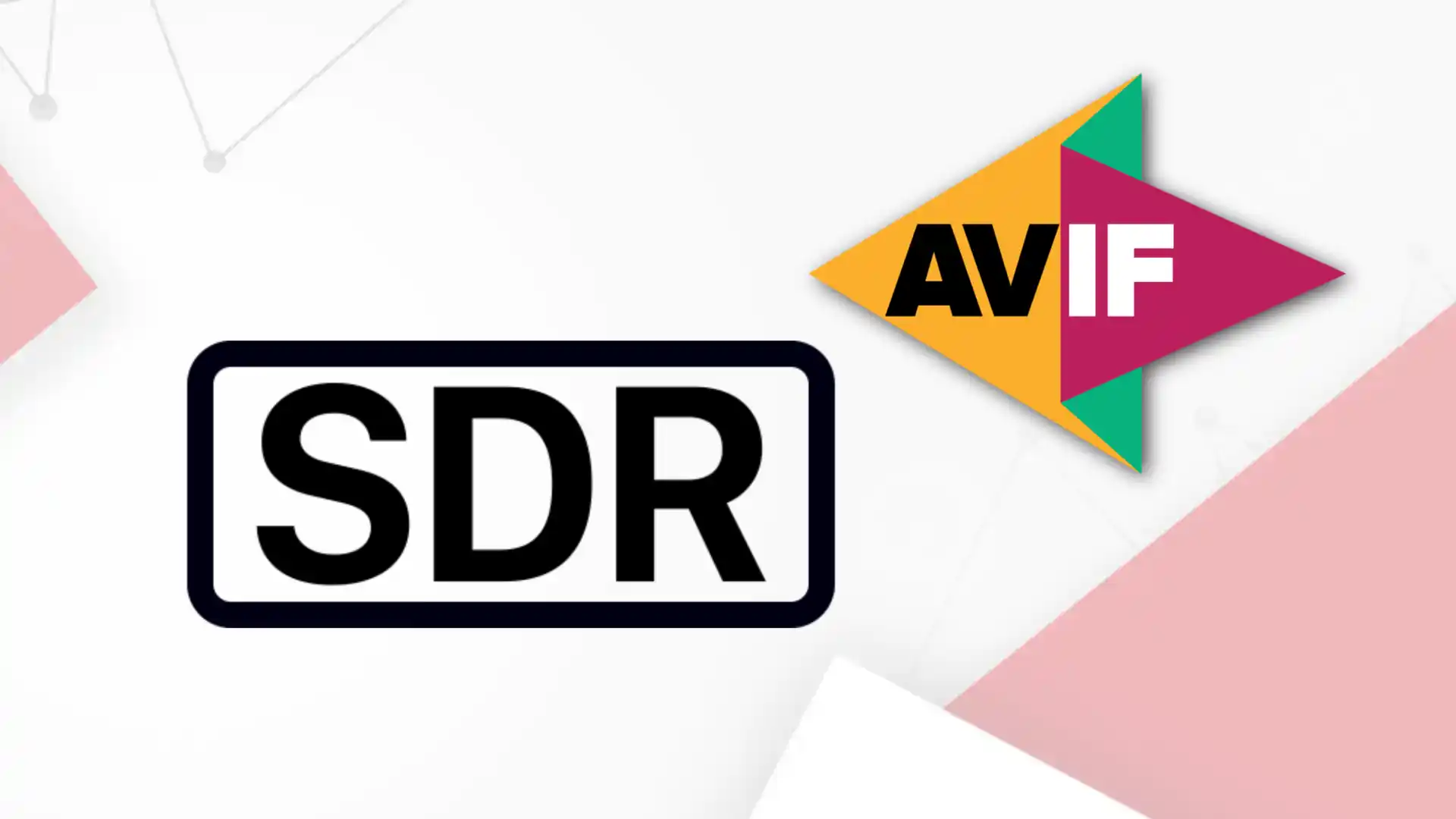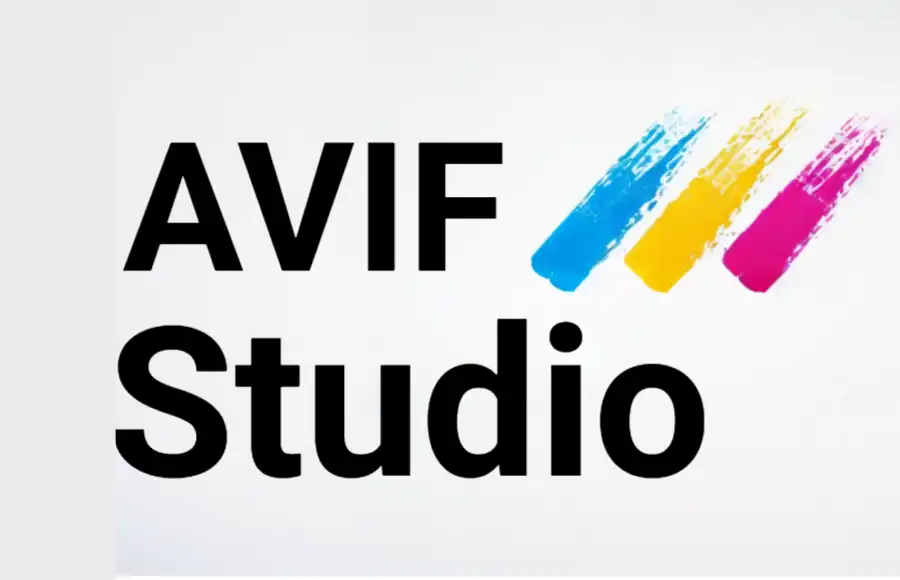Explore the implementation of SDR (Standard Dynamic Range) support for AVIF image format.

AVIF, or AV1 Image File Format, boasts remarkable versatility in accommodating both standard dynamic range (SDR) and high dynamic range (HDR) images. SDR images pertain to the luminance range that a display device can reproduce, usually characterized by a more limited contrast ratio compared to HDR images. One of the notable features of AVIF is its inherent support for HDR, a capability that extends to rendering SDR images as well. Regardless of the color space in which SDR images are encoded, whether it be sRGB or BT.709, AVIF ensures seamless display, thereby positioning itself as a flexible and adaptable image format.
The inclusion of SDR support within AVIF is significant for various reasons. Firstly, it ensures backward compatibility with legacy systems and devices that might not yet fully support HDR. By encompassing SDR, AVIF facilitates the transition to HDR content without leaving behind older technology. Moreover, the versatility of AVIF means that it can cater to a broad spectrum of image content, ranging from traditional SDR images to more immersive HDR visuals. This adaptability is crucial in diverse application scenarios, spanning from multimedia streaming to archival purposes.
Furthermore, AVIF's capability to handle SDR images underscores its potential in optimizing bandwidth and storage efficiency. While HDR images offer enhanced visual fidelity, they often come with larger file sizes due to the increased color depth and dynamic range. However, with AVIF's support for both SDR and HDR, content creators can leverage the format's advanced compression algorithms to maintain image quality while minimizing file sizes. This dual compatibility ensures that users can enjoy visually rich content without sacrificing performance or consuming excessive resources.
In essence, AVIF emerges as a forward-looking image format that bridges the gap between legacy SDR content and emerging HDR standards. Its seamless support for both dynamic range modes, coupled with efficient compression capabilities, positions AVIF as a promising solution for delivering high-quality visuals across a wide array of devices and platforms. As the demand for richer multimedia experiences continues to grow, AVIF stands poised to play a pivotal role in shaping the future of digital imaging.
Frequently Asked Questions
- How does AVIF's support for standard dynamic range (SDR) images enhance its versatility compared to other image formats?
- What technical considerations are involved in ensuring seamless compatibility between SDR content and AVIF's HDR-centric framework?
- Can you elaborate on the potential benefits of integrating SDR support within AVIF for both content creators and end-users?
- How does AVIF's handling of SDR images impact factors such as bandwidth consumption, storage efficiency, and overall image quality?
How does AVIF's support for standard dynamic range (SDR) images enhance its versatility compared to other image formats?
AVIF's support for standard dynamic range (SDR) images significantly enhances its versatility compared to other image formats primarily due to its ability to handle both SDR and high dynamic range (HDR) content seamlessly. Unlike many other image formats that are designed specifically for either SDR or HDR, AVIF caters to both types of content, making it highly adaptable.
This versatility is advantageous for various use cases and industries. For instance, AVIF can be employed in scenarios where backward compatibility with older devices or systems is crucial. By supporting SDR images, AVIF ensures that content creators can reach a wider audience without excluding users with devices that do not support HDR.
Moreover, AVIF's support for SDR images extends its applicability across different types of content, ranging from traditional photographs to graphical user interface elements. This broad compatibility makes AVIF an attractive option for multimedia content delivery, digital archiving, and other applications where a diverse range of image content needs to be accommodated.
What technical considerations are involved in ensuring seamless compatibility between SDR content and AVIF's HDR-centric framework?
Ensuring seamless compatibility between SDR content and AVIF's HDR-centric framework requires careful handling of color spaces, tone mapping, and compression algorithms. One of the key technical considerations is how SDR content is encoded and decoded within the AVIF format.
AVIF employs various techniques such as color space conversion and tone mapping to translate SDR content into its HDR-centric framework without compromising image quality. Additionally, compression algorithms play a crucial role in optimizing the storage and transmission of SDR images within AVIF files.
Furthermore, metadata encoding and signaling mechanisms may need to be implemented to indicate whether a particular AVIF file contains SDR or HDR content. This ensures that playback devices can interpret and render the content correctly, regardless of the dynamic range.
Can you elaborate on the potential benefits of integrating SDR support within AVIF for both content creators and end-users?
Integrating SDR support within AVIF offers several benefits for both content creators and end-users. For content creators, it simplifies the workflow by allowing them to work with a single image format that caters to a broad range of content types, from SDR to HDR. This reduces the need to manage multiple versions of the same content, streamlining the production process and saving time and resources.
For end-users, the integration of SDR support ensures compatibility with a wider range of devices, including older displays and playback systems that may not support HDR. This means that users can enjoy high-quality images regardless of the capabilities of their devices, leading to a more consistent viewing experience across different platforms and devices.
How does AVIF's handling of SDR images impact factors such as bandwidth consumption, storage efficiency, and overall image quality?
AVIF's handling of SDR images can have a significant impact on factors such as bandwidth consumption, storage efficiency, and overall image quality. Since SDR images typically have lower dynamic range and less complex color information compared to HDR images, they can be compressed more efficiently without sacrificing image quality.
This efficient compression leads to reduced file sizes, making AVIF an ideal choice for applications where bandwidth and storage are limited resources. Moreover, the compression algorithms used in AVIF ensure that the image quality is preserved even at lower bitrates, resulting in visually pleasing images with minimal artifacts.
Overall, AVIF's handling of SDR images contributes to improved bandwidth utilization, reduced storage requirements, and enhanced image quality, making it a compelling option for a wide range of applications.
